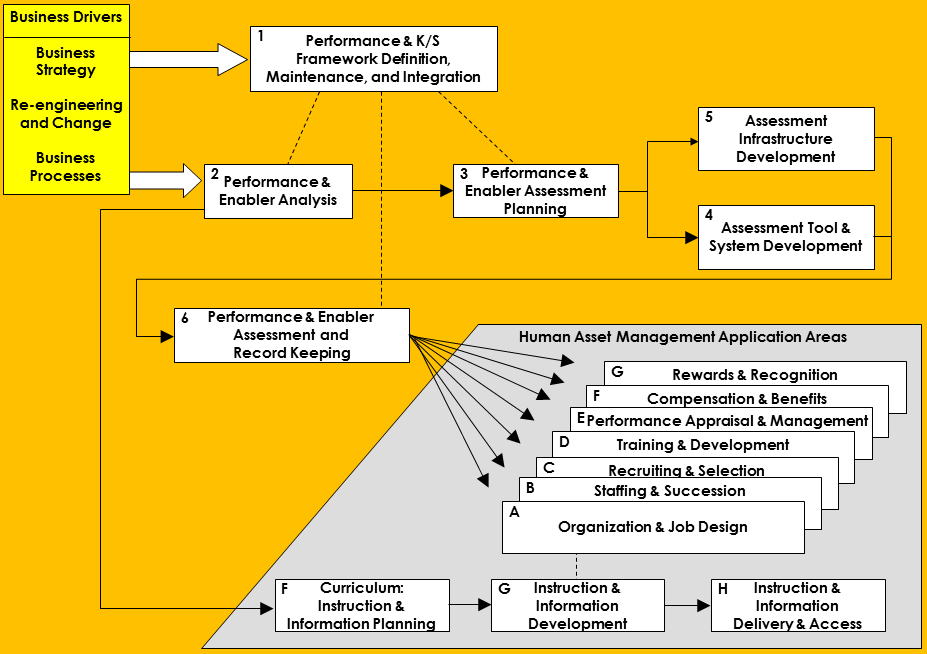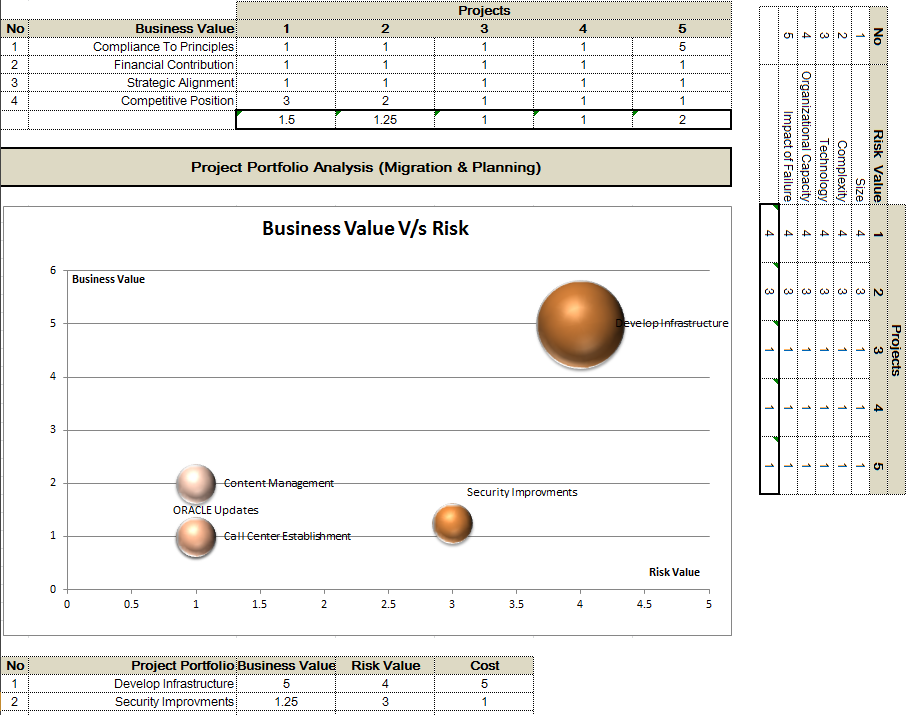The Article
As the need for managing change and complexity is growing, there is demand for firms with a focus on architecture as a specialization. We are witnessing a worldwide adoption of IT & Enterprise Architecture profession. These evolving disciplines are being used as a foundation to system & enterprise survival as well as success. Interestingly, with time architecture discipline has moved from "innovators" to "early adopters" phase.
In the last decade, we have seen several attempts been made to do architecture in informal ways. The major focus of architecture groups had been reducing complexity. Sometime, the work involved decreasing the number of applications and moving away from legacy systems in a cost-effective manner. While other cases, they were trying to enhance process efficiency (Cycle time optimization by 90% or 91% reduction in finished goods inventory) or in some cases 93% reduction in lead-time to produce the product.

Unfortunately, for most of the companies, there were no formal architecture efforts. Even if they existed, the architecture teams were very small. The need of the hour is to adopt architecture as a mainstream discipline within an organization.
Why do you need an architect?
An architect is the most important investment you can make, because:
- An architect can save you money. A well architected system can help reduce maintenance cost, ensure easy integration and extension of your systems, and help you to identify reusable assets.
- You need an architect to be able to visualize the scope and context of a project. There are multiple dimensions such as business expectations, commercial benefits, financial reality and availability of technology resources
- Only an architect can help you when it comes to architecture. He/she will help you with brainstorming sessions on the drawing board to define (or refine) your problem and set the expectation.
- An architect can help you in selection of solutions option, tools, technology, frameworks, IT contractors, tool suppliers, etc.
- They know how to manage a balance between constraints and complexity by focusing on priorities without losing the focus on mid /long term objectives.
- Ensure architecture governance and compliance by coordinating across multiple stakeholders ( multiple time zones) on a continuous basis. ( See Example here )

Furthermore, look at the following questions,
- Do you have any problems in aligning your business with Information Technology?
- Do you have a problems in market requirements and they are hard to be implemented in your infrastructure?
- Do you want to improve the skills of your staff and ensure they are readiness to manage your databases?
- Do you want to improve your staff development and programming skills?
If you answered "Yes" to any of them then I am sure that we need to talk closely to discover in which areas do you need a help